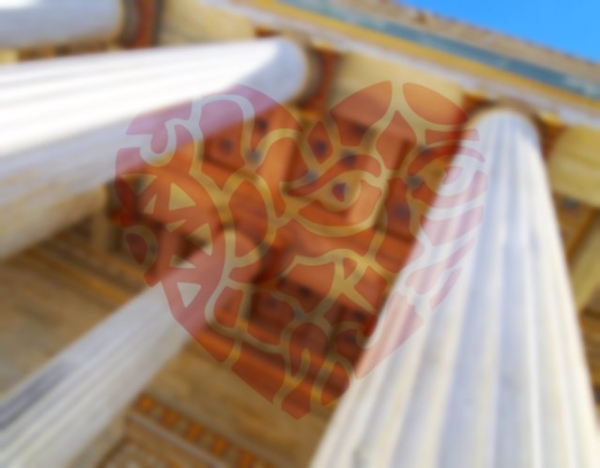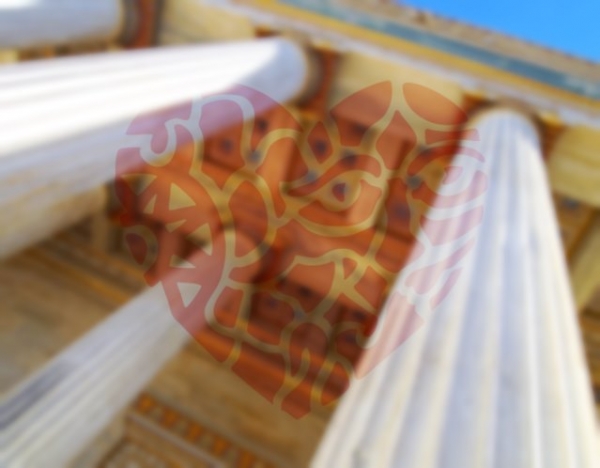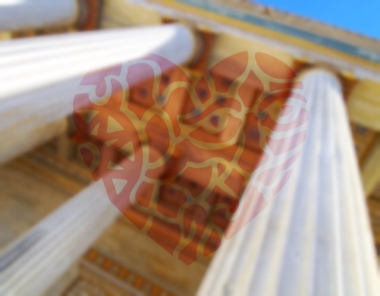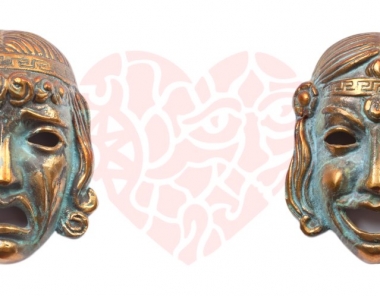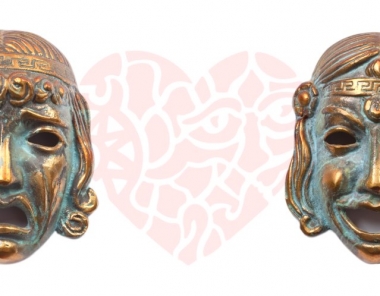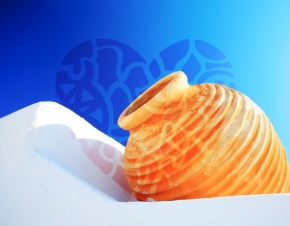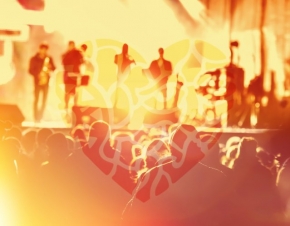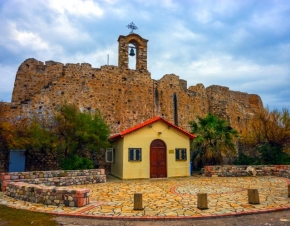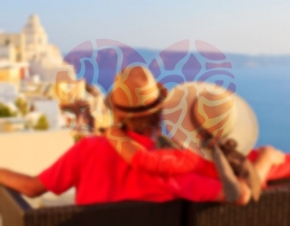The Municipal Museum of the Kalavritan Holocaust is situated opposite to the Cog Railway station.
The Municipal Museum of the Kalavritan Holocaust was inaugurated in 2005 and is housed in a building that used to be the primary school of Kalavryta. The visitor has the opportunity to learn about the Massacre of Kalavryta and see with his own eyes the terrible results of war.
Municipal Museum of the Kalavritan Holocaust: Address, A.Sygrouu street 1-5,Kalavryta.
More information concerning the Municipal Museum of the Kalavritan Holocaust can be found in www.dmko.gr and the number 26920 23646.
The Press Museum is located in Patras.
The Press Museum was founded in 1956 from the Association of Journalists of Peloponnese, Epirus and the Islands (ESIEPIN). The aim of the museum is the collection of newspapers, magazines and any kind of printed matter. Among others it features:
- Hundreds of newspaper headlines covering the period from 1815 until today
- Hundreds of magazine titles covering the period from 1852 until today
- Manuscripts and artefacts of the Revolution of 1821 and the early years of the Greek State
The Press Museum is a treasure trove of knowledge for every researcher and an interesting destination for every visitor.
Press Museum of Patras: Address, Maizonos 200,Patras.
More information concerning the Press Museum in Patras you can find inwww.mouseiotipou.gr and the number 2610 310488.
The visual arts could not be missing from Achaea and especially Patras, a city that greatly honors its cultural heritage.
The key pillar of the art exhibitions is the Municipal Art Gallery Patron (street Maizonos 110, Patras, telephone) which apart from the excellent permanent collection, hosts very interesting temporary exhibitions.
There is also the International Art Festival Patras "RE-culture", which has been organized since 2011 by Art in progress (www.artinprogress.eu ) and is always a very special event.
Countless exhibitions are organized in several spaces such as:
- The Ideal multiplex (www.inteal.gr with number. 2610 225565).
- The Agora Arguri multiplex (www.agoraargiri.blogspot.gr with number. 2610 461740).
and to many galleries like the Cube Gallery (www.cubegallery.gr), as well as several other areas in Patras and the rest of Achaea
More information about the visual arts in Patras can be found in the Cultural Organization of the Municipality of Patras in www.patrasculture.gr or just dial 2610 390 937.
For those who love live music, Achaea and Patras are the ideal destination.
Today due to the famous International Festival of Patras (www.festivalpatras.gr ) that is held every summer, many concerts and musical performances for all tastes are organized in Patras, exciting even the most discerning spectator. Acclaimed artists from Greece and abroad choose Patras as one of the points where they unfold their musical talent. Unique concerts are held at the Roman Odeon, the Patras Castle and the Castle of Rio, where the exceptional sound of music and the breathtaking scenery create a wonderful atmosphere not to be missed.
Greece, and especially Patras, is famous worldwide for its Greek music and the musical instrument bouzouki.
In Patras, as elsewhere in Achaea, there are many places where you can live a different musical experience and have fun the traditional Greek way. If you are not the bouzoukia-type, no matter what kind of music you are into, you will definitely find somewhere in Patras a live stage or bar dedicated to your favorite genre.
More information about musical events can be found in the Cultural Organization of the Municipality of Patras in www.patrasculture.gr or dial 2610 390 937.
The castle of Rio is situated in Rio and the region of Achaea.
The Rio Castle is next to the Rio-Antirrio Bridge and is surrounded by sea, except from the side facing towards the land, which is protected by a moat with seawater. On the side of the castle lies the pier where ships that take the route Rio-Antirrio can dock.
The Rio Castle was built in 1499 by Sultan Bayezid. In the castle's location,there were ruins of the temple of Poseidon. The construction of the castle lasted only three months and together with another one located opposite in Antirrio, they offered absolute control of the sea passage. In 1687 the Venetian Francesco Morosini occupied the fort after a siege. The damage caused by the battle was so great that he was virtually forced to rebuild it, in the form it has today. In 1715 the Castle of Rio is re-conquered by the Turks, and in 1828 after a siege of the French general Maison, it is finally delivered to the Greeks. The castle was used for a long time as a prison, while during the Second World War a German guard was installed there.
Today the Castle of Rio is open for visits and is occasionally used for cultural events.
The church Panagia Tripiti is located in Aigio, in the region of Achaea.
Panagia Tripiti is in a cave (hole) at the beach of Aigio, 30 m from the sea surface.
According to tradition, in the mid 16th century a castaway that was fighting with the waves of the Corinthian Gulf, saw a light guiding him to the mainland. Approaching the light, he was led to a cave in which he discovered an icon of the Virgin. The story became immediately known and the faithful crowd rushed to worship the image, while almost simultaneously work began in order to rebuild the church. In this position stands the current Panagia Tripiti, the patron saint of Aigio, which is visited by thousands of pilgrims to see first hand the cave and the --believed to be--miraculous icon.

